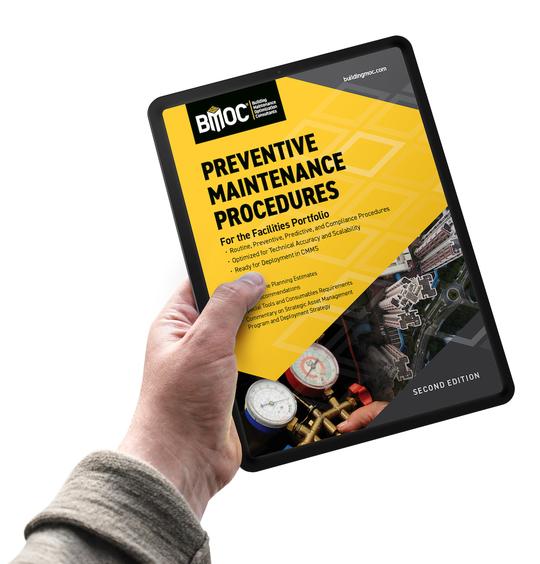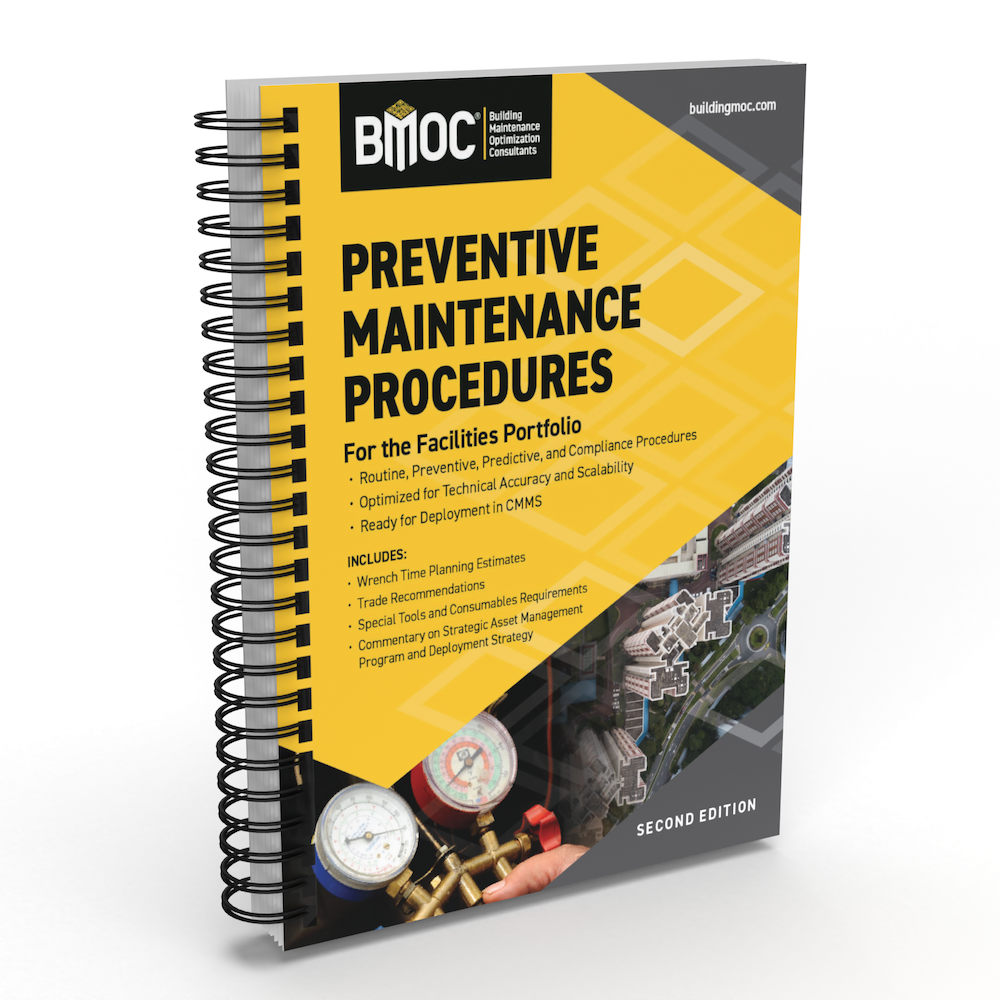I think it is partially because commissioning identifies issues that need to be resolved prior to project completion and acceptance by the owner. There is almost always a punchlist that addresses outstanding construction and installation issues. Commissioning may be seen as "piling on" with functional performance issues that also need to be addressed before the owner is satisfied.
In the long run, it is best for everyone involved in the project to have these issues identified and corrected under the umbrella of a focused commissioning process. The alternative is to let deficiencies go undiscovered until they manifest themselves in operational problems for the building owner.
All Eyes On The Finish Line
We all know that at the end of construction schedule is almost always the top priority for the entire project team, including the owner. As such, what can teams do when time is running out and they find themselves with a list of functional performance deficiencies that need to be corrected? First and foremost, I believe that the master construction schedule should allow for a realistic "corrective action period" following initial system performance testing. Contractors who expect to achieve perfection across the board are not being realistic.
I also know that a number of contractors will say that I'm being unrealistic to expect that a planned corrective action period would ever be possible during the final stages of construction. Until we come to agreement on that topic, we still have projects that are running up against a firm schedule deadline with unresolved performance issues. Instead of cursing the commissioning process that uncovered the issues, is there a way to recognize the importance of correcting the problems as well as the importance of the owner proceeding with their move-in and beneficial occupancy plans?
Occupancy And Turnover
On many projects, when the owner takes "beneficial occupancy" of a building (e.g., moves in and starts using the building as it was intended to be used), the contractors feel less pressure to resolve outstanding issues. They are still as responsible as they always were, but, in some people's minds, the fact that the owner can actually use the facility proves that the issues are not that important. This clearly isn't the case, but it does lead us to a much closer look at what "building turnover" means at the end of construction.In most projects, turnover is a one-time event that includes the owner taking responsibility for maintaining and operating the building systems. These days, it is most often not coincident with building occupancy, as most owners are anxious to start moving in and taking beneficial use of the facility before the systems are complete and fully functional. Therefore, the normal progression at the end of construction is (1) beneficial occupancy; and (2) building turnover.
If formal turnover is put off until all functional performance deficiencies have been corrected - the position of some building owners - the contractors will object due to the fact that the owner is benefiting from the new systems but is not responsible for them. A debate about this is better left to a future column, but I would like to propose an approach for dealing with this conundrum.
It seems inappropriate to ask a new building owner to operate new systems when they aren't yet commissioned and accepted. One concern relates to the huge potential for the owner's staff and the the project team tripping over each other, while trying to operate the system and trying to correct, fine tune, and functionally retest the systems, respectively. It seems like a classic opportunity for things to go wrong, with everyone - and, therefore, no one - being responsible for subsequent problems.
However, I suggest that the owner's maintenance staff may be able to assume equipment PM responsibilities such as filter changes, motor lubrication, chemical treatment, etc., concurrent with beneficial occupancy. These activities are critical to begin immediately and sustain but are sometimes left undone during the period between move-in and turnover. This puts the owner in a deferred maintenance position once official turnover occurs.
I do not recommend the owner taking on operational responsibility until all of the systems have been accepted as functionally complete. This should, of course, include thorough systems training of the owner's operations staff. ES





